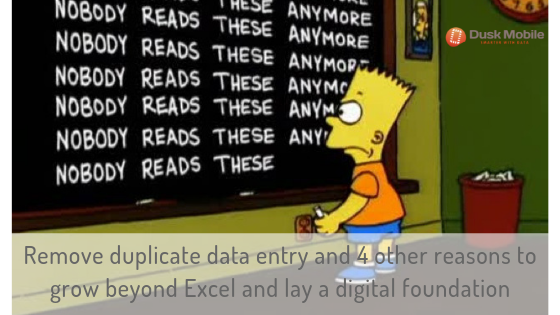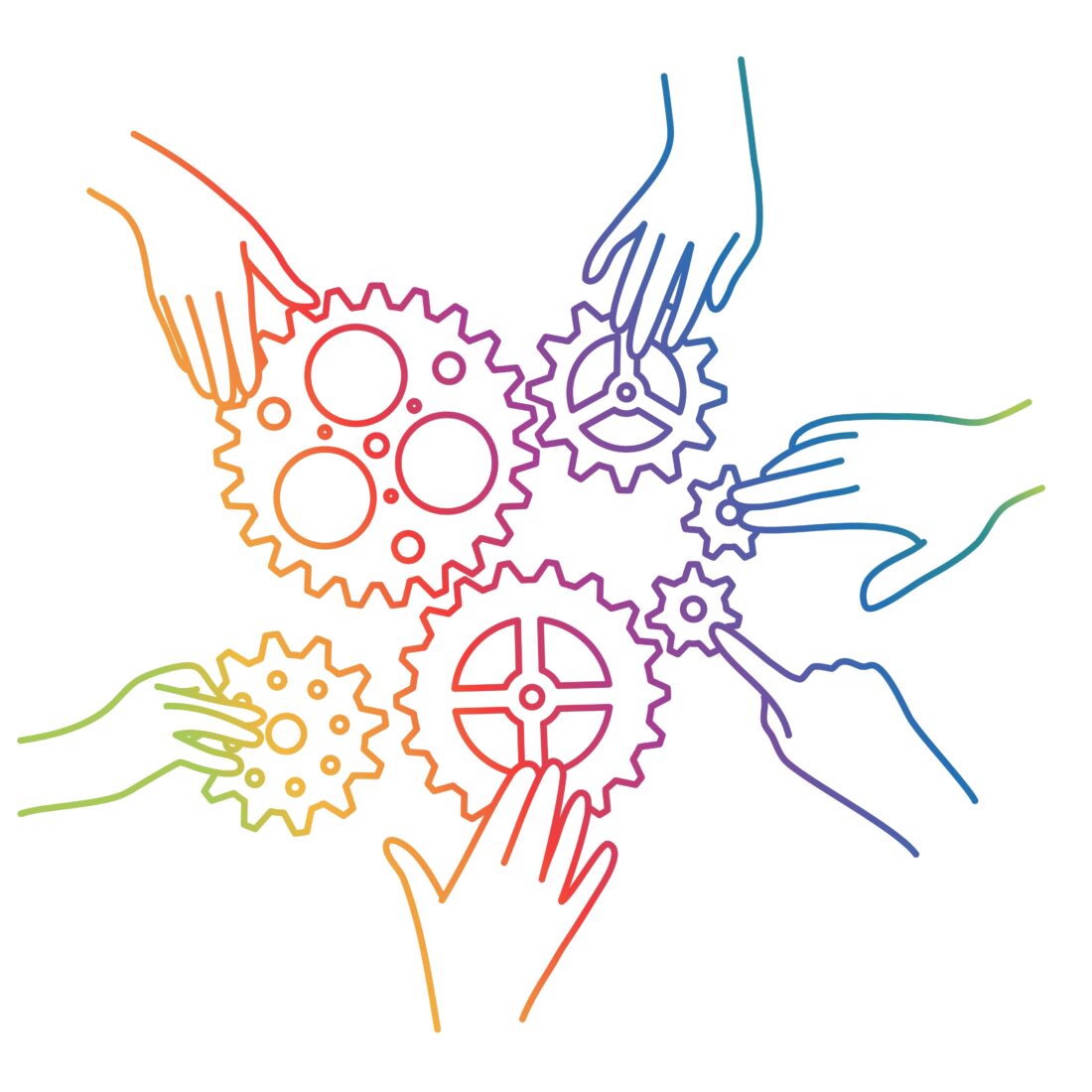
5 reasons to leave the cells behind and move to a collaborative work management platform
Running your operations in real time or with near real time information has become a necessity across industries but doesn’t need to be a large digital transformation. Let’s show you how to Excel!
Where to start?
Most of you have used Microsoft Excel to deliver efficiencies in your roles or just to provide a central source of truth. The trouble is, that central source of truth has got out of control and this great product is being used well beyond its initially intended means. We haven’t met anyone yet who has set out to run their entire company or business unit on Microsoft Excel, but we have found many who inadvertently have done so.
So, here are our 5 reasons to move your operations away from Excel and into a collaborative work management platform, keeping Excel for what it is great at:
1. Laying a digital foundation and reducing administration
Laying the digital foundation is critical to success right from data integrity through to accessibility. By doing this, there is the potential to reduce maintenance costs by 18-25% according to Mckinsey, in asset intensive industries.
Across your company or business unit you have many repetitive tasks from scheduling work, completing work, financial reporting and safety reporting to name just a few. With Excel, the automation of these tasks is very low, in some cases just 5%. A staff member is often keying the same information in multiple times to different places. Worse than that, multiple staff members are keying in the same information!
Off the back of automation for these repetitive tasks is the notifications to people and other systems. e.g. A task has been completed and a customer needs to be notified or a weekly safety report needs to be sent out with actions based on the results. Results could be a Lost Time Injury (LTI) requires a follow up activity, to investigate and take remedial action.
These tasks should be automated to ensure compliance and not require a manual check to stay informed. Notifications are the new norm and improved productivity yields powerful results. A robust, scaleable platform that grows with your business is crucial.
2. Visibility & Data Analysis. Real time reporting.
Excel does many tasks well and provides the ability to slice and dice your information in many ways. However, the more information your organisation generates, the greater the risk if an Excel spreadsheet is your only source of information.
Information is gleaned from many sources today in different formats and gathering it into Excel can be both time consuming but also inflexible. Integrity can be comprised with data entry and different source data types, followed by cleansing to try and create a consistent output.
3. Dependency & Corruption – Never be the person who says “I know Excel!”
I am sure most of our readers can relate to a corrupt Excel file at some point during their career. Having to chase the IT guy for a backup after losing the file or the file corrupting for any number of reasons, especially around month end!
Then there is the person over a lunchroom conversation or Friday night drinks that innocently said, “I know Excel”. That person is destined to a career of royalty in the company and not a career of solitude with the abundance of phone calls and emails coming their way.
Not everyone from all levels of the business understands Excel. A summary snapshot for one team leader requires a full breakdown of information for another team member. Proficiency doesn’t extend across the whole business and nor should it.
4. Conflicts between people, data and operations resulting in poor collaboration and forecasting
By 2019, you’ve likely witnessed the proliferation of ideas surrounding digital entry points across your company or business unit. Harnessing these for the greater good becomes key to engagement and growth of your people.
There are numerous examples we have seen where team members are required to update a shared version of Excel with their data. These have introduced data conflicts, poor reporting and a highly inefficient way of double data entry or in some cases triple data entry. This leads to team members that don’t see possible efficiencies until month end, such as reporting on Assets or Customer visits. This leads to wastage in costs and poor performance. The follow up questions and analysis then occur, further consuming time and incurring costs.
This results in inefficiencies and missed opportunities with forecasting that are easily avoided in a collaborative work management platform. Versioning and control creeps in with versions saved locally for offline working, creating flow on impacts with merging.
5. Integration & Accessibility. Any location, any device, any time.
Access to company data via smart phones or tablets to make empowered decisions is a great way to optimise and empower your team members. Approving workflows or requests in near real time with realisation of downstream benefits, from anywhere and at any time. Benefits such as more accurate resourcing on projects by knowing who is available or more immediate information provided to your customers to create stickiness and value adds for them.
Real Example #1 – We worked with a client who had 4 roles performing the same work planning task across 4 regional locations, from a central office. Those 4 roles were sat together doing a good job of managing their respective locations. However, each of those work planners used their own 4 colors to identify: available, unavailable, away sick, away annual leave. This created a terrible situation when any 1 of those 4 work planners took a day off, which had been happening for years! Staff on leave were phoned and staff away sick were scheduled on to work.
We were able to address this with a fresh perspective using a 2 stage process of change. Upload the work schedules first into the Dusk Mobile Collaborate Work Management Platform, which showed a uniform set of colours to anyone else. The second stage was a migration for all 4 work planners to work out of the Collaborative Work Management Platform full time.
Takeaway Tip
At Dusk Mobile, we can take your Excel spreadsheets and provide you with a solution to transition to. We provide the ability for you to import your spreadsheets and perform the tasks in a collaborative work management platform. Slicing and dicing can still be performed with export capability for authorised users but the new world benefits of real time data visibility across teams are only a phone call or email away.
Remove duplicate data entry and lay a solid digital foundation for your business unit or company, without the effort of a full digital transformation
Try a 14 day free trial of our Intelligent Operations Platform and start seeing the benefits of searchable data, informed decision making and a single, comprehensive view of your business in real time. Start collaborating today.
Start your free trial today
Looking for tips during your trial? Our community is here to help in the Support & Updates area!
Not sure where to start? Request a demo from our team via the link:
Request a DemoOr you just have some questions:
Email: mobile @ duskmobile.com
Phone: +61 (0)3 8679 2208
References


